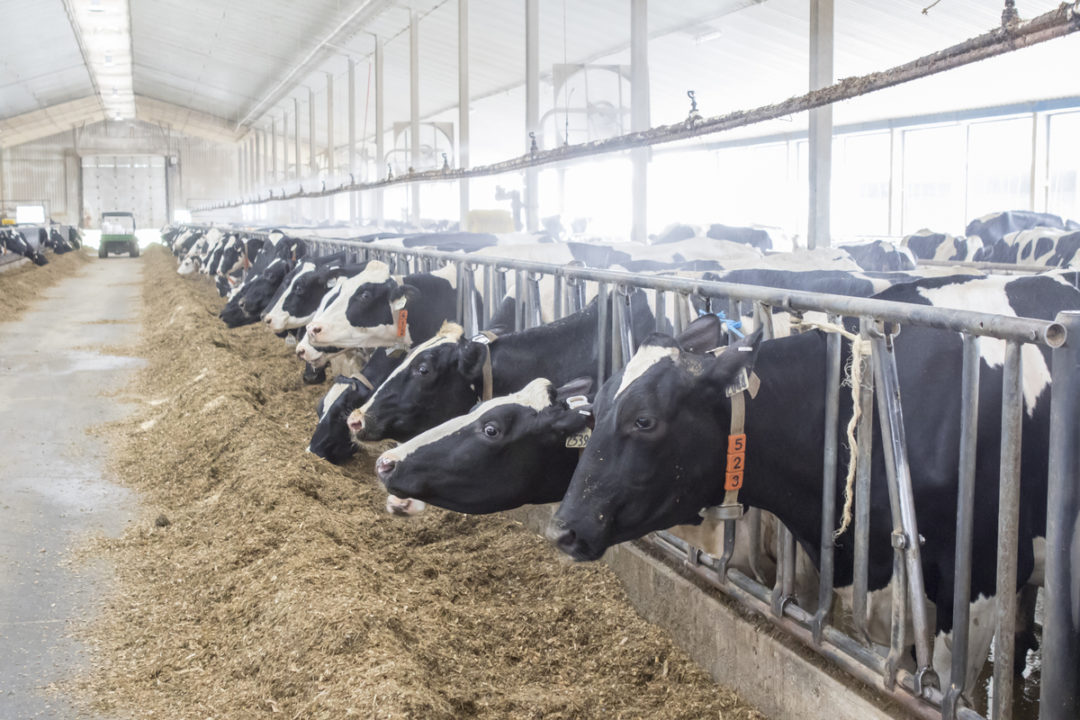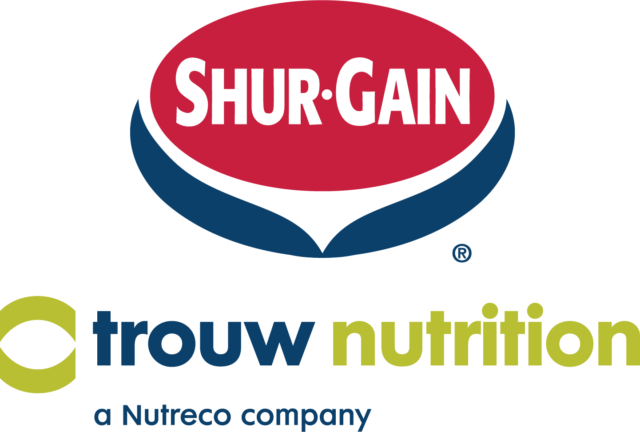Successful dairies achieve consistent performance by implementing protocols that reduce variation within their operation. They do everything they can to limit the internal and external pressures cows face, while creating resilient animals that can withstand the pressures beyond their control.
Building resilience in a cow requires focus in three areas:
- Controlling pathogens in and around the cow
- Optimizing rumen function
- Improving hindgut integrity to protect the cow from inflammation that silently steals productivity
Feed hygiene is an often-overlooked area of management that directly affects all three areas listed above. Hygienic feed is free of pathogens and toxins that, when consumed by the cow, can be detrimental to animal health and performance.
The total mixed ration (TMR) is the primary source of pathogens and toxins found in the gastrointestinal tract. These detrimental organisms and compounds can contaminate feed in the field, during feed storage and feedout or throughout the course of feed mixing and delivery.
The “bad actors” threatening feed hygiene come in many different forms.
Clostridia are present everywhere in the environment. They frequently contaminate forages, and their populations have been found to grow in TMRs over time. Over the years, our company has surveyed dairies across the country, analyzing 30,000 fecal samples and 7,000 feed samples for clostridia and other detrimental organisms. Of the samples analyzed, 98.6% of fecal samples and 84.7% of feed samples contained detectable clostridia. This same survey also found that 78.5% and 33.6% of fecal and feed samples, respectively, contained C. perfringens, a toxin-producing clostridia known to contribute to hemorrhagic bowel syndrome (HBS) in dairy cattle.
Salmonella and E. coli are commonly found in a cow’s digestive tract and should not be present in feed. When found in silages, poor fermentation or manure contamination are likely culprits. Their presence in the TMR is likely caused by contamination during feed mixing or delivery. A host of health and performance challenges can be caused by salmonella and pathogenic strains of E. coli.
Spoilage results in high levels of yeasts and molds in silage and, subsequently, the TMR. Yeasts and molds can contribute to poor aerobic stability (shelf life) of silages and the TMR and represent a loss of nutrients that can lead to inconsistent intakes and performance.
Mycotoxins are secondary metabolites produced in feeds by various species of molds. A survey in 2012 found that 81% of livestock feed samples collected from the Americas, Europe and Asia tested positive for at least one mycotoxin. Although the rumen microbial community is able to detoxify many different mycotoxins, a dairy cow’s high rate of feed intake and feed passage out of the rumen make it unlikely for complete detoxification of mycotoxins that find their way to the small intestine.
Improving feed hygiene
Producers have two options for preventing challenges caused by poor feed hygiene: They can limit the cow’s exposure to pathogens and toxins, and they can control pathogens and toxins that enter the gastrointestinal tract.
Limiting a cow’s exposure to pathogens and toxins can be accomplished by optimizing silage fermentation and by preventing contamination of clean feed during feed mixing and delivery.
Optimizing silage fermentation can be accomplished by:
- Closely monitoring silage maturity at harvest
- Using research-proven silage inoculants to kick-start fermentation and prevent the growth of clostridia and spoilage organisms
- Thoroughly packing and covering silage piles to quickly create the anaerobic environment needed for a successful fermentation
Even when silages are properly fermented, contamination of clean feed can still occur during silage feedout, feed mixing and delivery. Here are 10 easy steps to help minimize feed contamination on-farm:
- Clear debris and spoiled silage off silage pads and feed areas.
- Increase silage feedout rate and immediately feed defaced silage.
- Feed high-moisture byproducts quickly, emptying bays before restocking.
- Keep feed alleys free of debris, scraping at least once daily.
- Clean feedbunks, especially directly under headlocks.
- Keep waterers clean and clear.
- Feed refusals as soon as possible and mix batches containing refusals last.
- Thoroughly clean the TMR mixer once per month.
- Clean push-up blades monthly.
- Clean tires and buckets of all feed payloaders and skid loaders. Avoid handling feed with buckets that have moved manure or dirt.
Inside the cow
Even with the best feed-handling protocols, pathogens and toxins may still find their way into the cow’s gut. Fortunately, two valuable technologies have been shown to help control pathogens and toxins inside the cow. Bacillus technology can inhibit clostridial populations in the gastrointestinal tract and improve hindgut integrity, while refined functional carbohydrates (RFCs) effectively bind pathogens and mycotoxins in the gastrointestinal tract.
A research study involving 77 dairies and 230,000 cows across 18 states found that bacillus feeding reduced the risk of clostridia and C. perfringens challenges. Bacillus feeding resulted in an 89% increase in the number of fecal samples classified as low risk for clostridia challenges and a 13% decrease in the number of samples classified as high risk. When looking at risk of C. perfringens challenges, a 20% increase in the number of low-risk fecal samples and a 26% decrease in the number of high-risk samples was observed with bacillus feeding.
Research also documents the effect of RFCs on pathogen binding, specifically salmonella and E. coli. One study found that S. Newport, S. enteritidis, S. Dublin and S. cholerasius were all effectively bound in the presence of RFCs. Similarly, E. coli F18 was also effectively bound by RFCs.
In another study, RFCs were found to effectively bind mycotoxins, resulting in a significant reduction in epithelial cell damage due to the mycotoxins aflatoxin, T-2, DON, zearalenone and fumonisin B1.
Limiting a dairy herd’s exposure to pathogens and toxins is critically important to achieving consistent productivity and profitability. Taking the necessary steps to improve feed hygiene on-farm and reduce the negative impact of pathogens and toxins in the gastrointestinal tract is essential for improving the overall health and resilience of the dairy cow.







